Faculty Research
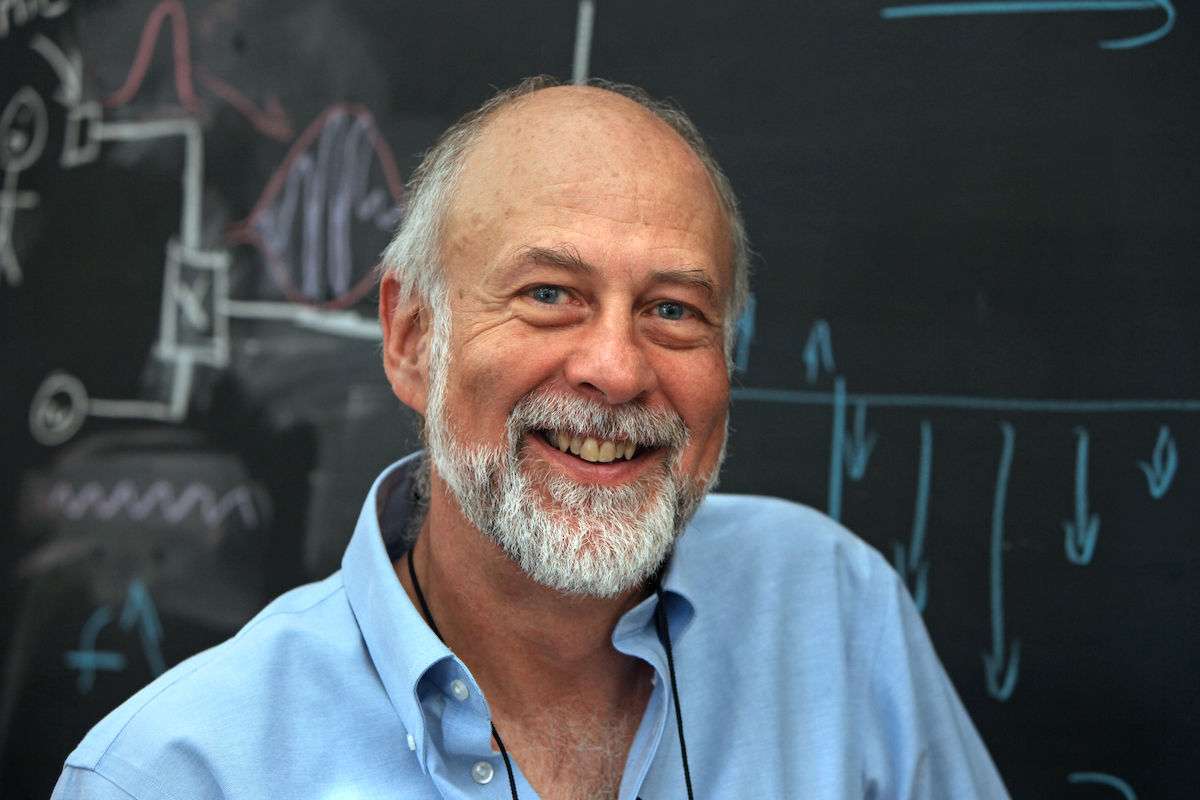 My primary research interest is in using supernovae to measure cosmological parameters. I collaborate with the Supernova Cosmology Project. The leader of this project, Saul Perlmutter, was awarded the 2011 Nobel Prize in Physics.
My primary research interest is in using supernovae to measure cosmological parameters. I collaborate with the Supernova Cosmology Project. The leader of this project, Saul Perlmutter, was awarded the 2011 Nobel Prize in Physics.
I’m also working on measuring the brightness of the night sky in support of a proposal for a dark sky reserve in the San Luis Valley. This work will involve assembling a Sky Quality Meter measurement system, programming the data acquisition, and analysis software. We will also need to use GIS software to map our results. The research will involve a few trips to the Baca campus.

My research focuses on understanding the stories of binary stars. I use data from both space-based and ground-based telescopes to study stars in binary systems that have been fundamentally changed by the presence of their companion. With the help of my research collaborators I have studied data from the Hubble Space Telescope, Chandra X-ray Observatory, the WIYN 3.5m Telescope, the McDonald Observatory 2.7m, and Gemini South.
I also am a co-creator of The Gift – an installation theater piece that activates my research on blue straggler stars. Together with my collaborator Janani Balasubramanian, we aim to cross typical disciplinary boundaries to create art-science pieces that re-inscribe outer space as feminist space. For more information on our project please visit abundantspacecollab.com or thegift.space.
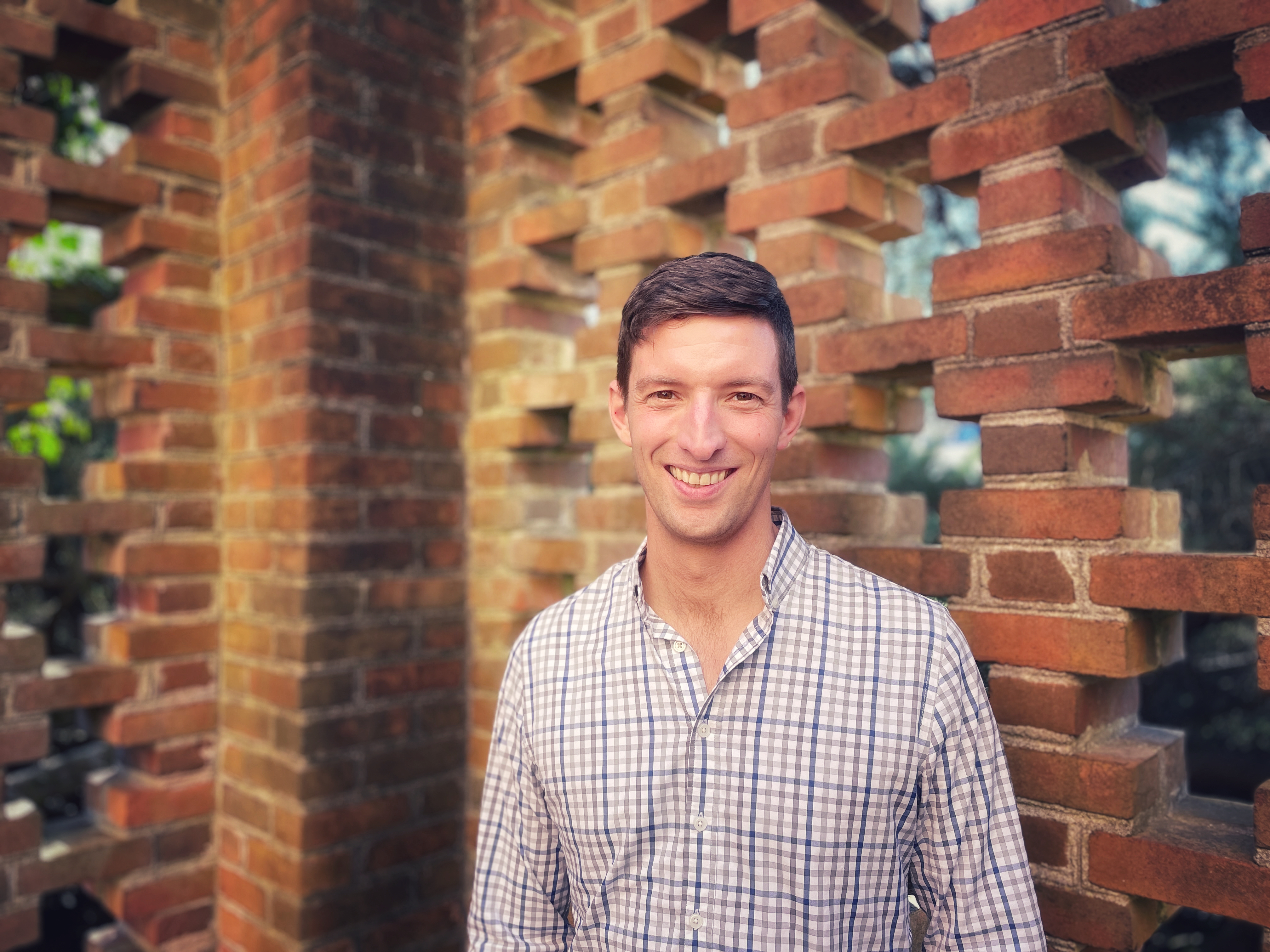
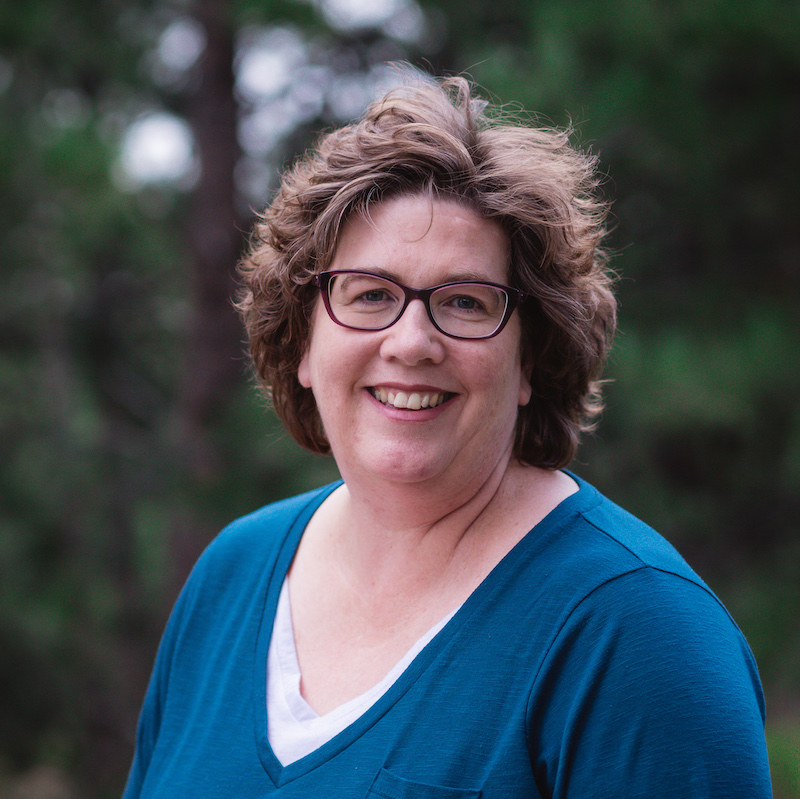 I am a scanning probe microscopist with expertise in scanning tunneling microscopy and atomic force microscopy. In have used microscopy to study a variety of systems including high-temperature superconductors, thin metallic oxides, and bacteria.
I am a scanning probe microscopist with expertise in scanning tunneling microscopy and atomic force microscopy. In have used microscopy to study a variety of systems including high-temperature superconductors, thin metallic oxides, and bacteria.
For my research at Colorado College, I collaborate with a microbiologist, Phoebe Lostroh to use atomic force microscopy and microbiological techniques to study the genetic and physical basis of natural transformation in bacteria. Natural transformation is the ability possessed by some bacteria to import foreign DNA across their outer membrane and incorporate it into their own genomes.
I am also working on developing content for both a biophysics course and a biophysics textbook.
For more details, please see my complete profile.
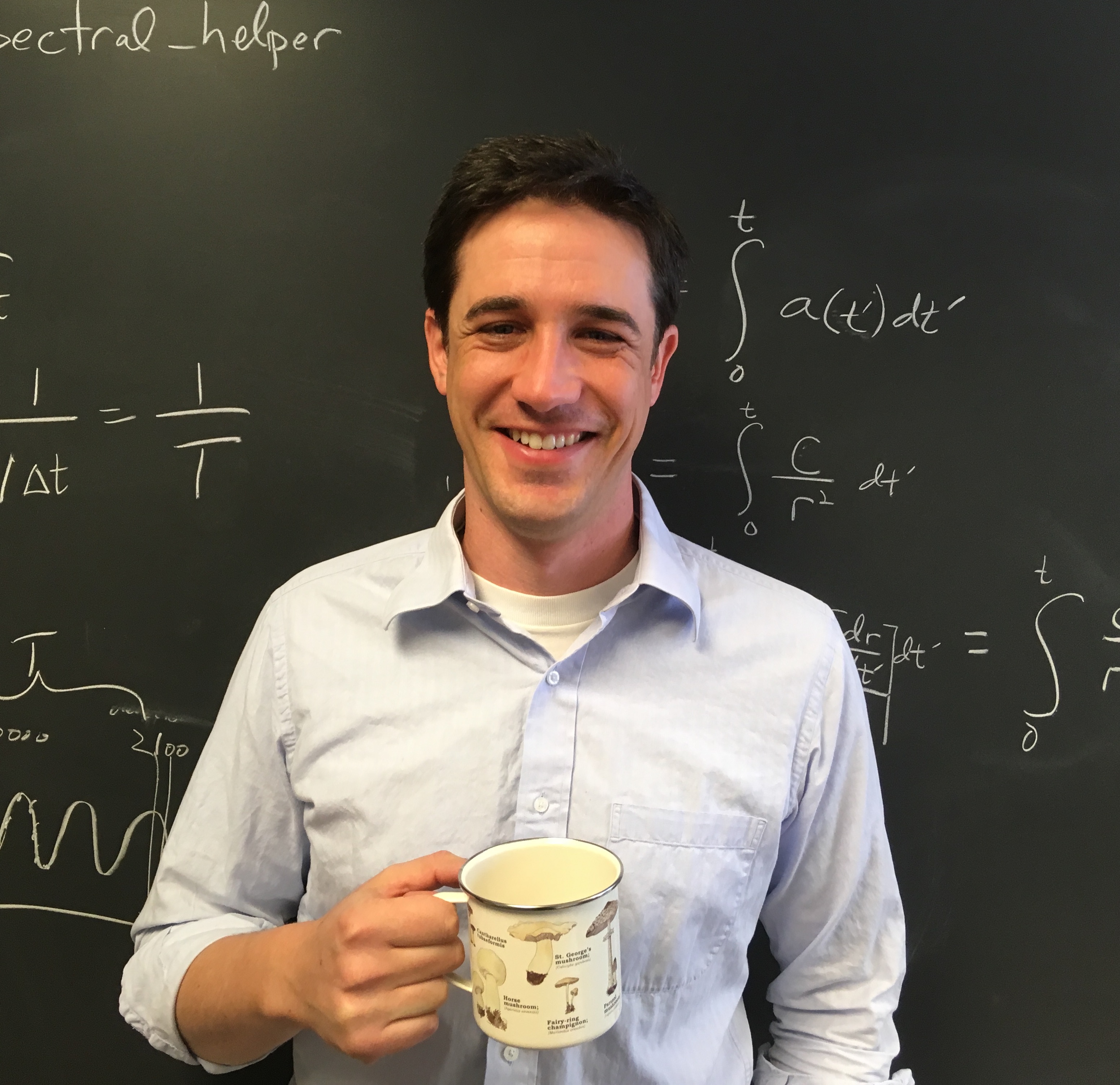 My research centers on atmospheric pressure plasma physics and its applications. Our plasmas are unique in that neutral atoms and ions are near room temperature while electrons have enough energy to break chemical bonds (~10^4 K). We are currently studying the breakdown of polyfluoroalkyl substances (PFAS) and the modification of surface chemistry using plasma jets. Our work often involves mechanical and electrical design as well as the collection and analysis of data.
My research centers on atmospheric pressure plasma physics and its applications. Our plasmas are unique in that neutral atoms and ions are near room temperature while electrons have enough energy to break chemical bonds (~10^4 K). We are currently studying the breakdown of polyfluoroalkyl substances (PFAS) and the modification of surface chemistry using plasma jets. Our work often involves mechanical and electrical design as well as the collection and analysis of data.
I typically have one block of research for credit during the school year and take several students for paid research during the summer.
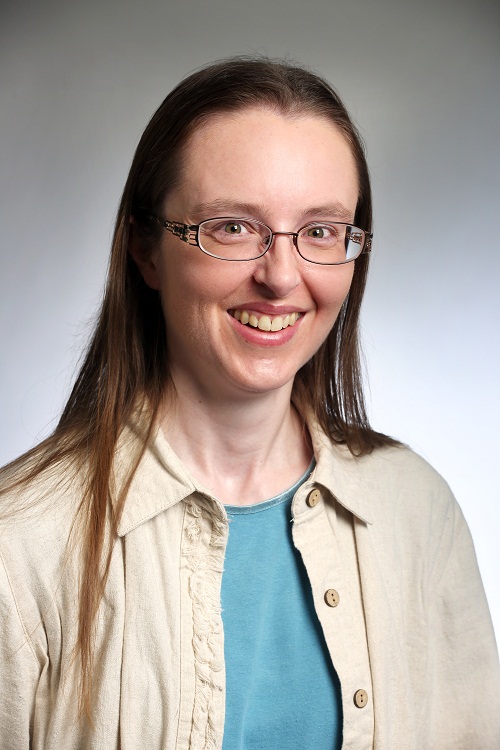
Dr. Purdue received an A.B. in mathematics and physics and an M.A. in mathematics from Bryn Mawr College before earning a Ph.D. in theoretical physics from the California Institute of Technology under the direction of Kip Thorne, co-recipient of the 2017 Nobel Prize in Physics. Her work while at Caltech included studying tidal work (which is responsible for heating the interiors of moons in the outer solar system) and analyzing a potential design for an advanced version of the LIGO gravitational wave detectors.
More recently, she performed numerical simulations to determine the effect of meteors on the detection capabilities of a space-based gravitational-wave detector, has been analyzing highly magnetized neutron stars as sources of gravitational waves, and is studying a proposed method of plotting gravitational-wave sources to determine if it will be a useful tool for gravitational-wave astronomers to use in studying white dwarf binary star systems.
 I am interested in understanding the Milky Way - our home Galaxy - but find myself stuck inside unable to see it from a bigger perspective. To overcome this, I use data from ground-based and space-based telescopes across the entire electromagnetic spectrum to study all the stuff inside of and surrounding thousands of galaxies, including the Milky Way. These observations help inform and test new models of how galaxies form and evolve over billions of years.
I am interested in understanding the Milky Way - our home Galaxy - but find myself stuck inside unable to see it from a bigger perspective. To overcome this, I use data from ground-based and space-based telescopes across the entire electromagnetic spectrum to study all the stuff inside of and surrounding thousands of galaxies, including the Milky Way. These observations help inform and test new models of how galaxies form and evolve over billions of years.
I’ve published papers so far using data primarily from the Wisconsin H-Alpha Mapper (WHAM), Hubble Space Telescope (HST), and the Far Ultraviolet Spectroscopic Explorer (FUSE).
You can also find some more information about me, including some fun popular science articles about my research and other interests on my website.
show all / hide all


